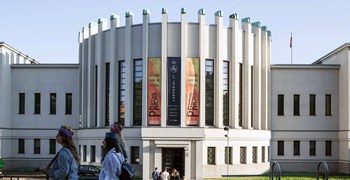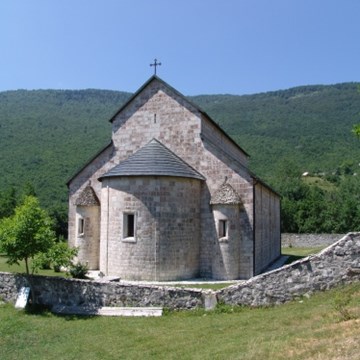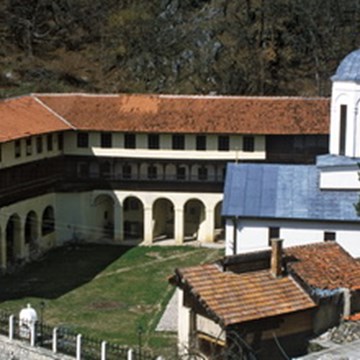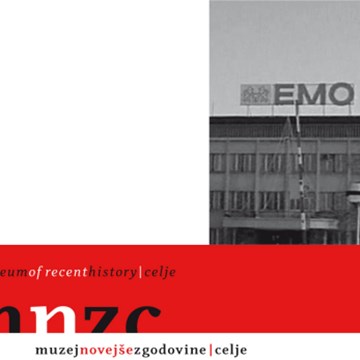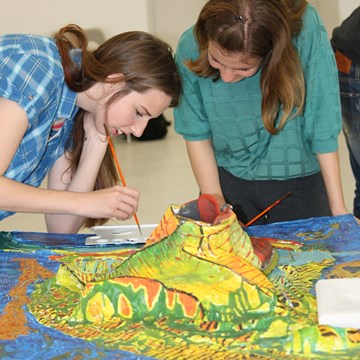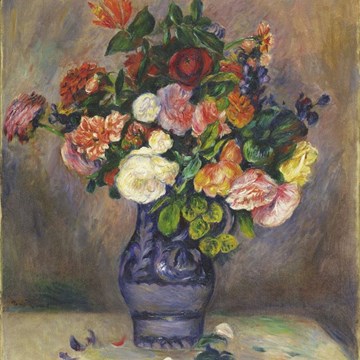LITHUANIAN FOLK ART EXHIBITION
This exhibition presents only a small fraction of folk art exhibits stored at M.K. Čiurlionis National Museum of Art. No attempts were made to reconstruct the principles adhered to during the first expositions; the ambition of the exhibition is – after an extended break – to reintroduce the beauty and subtlety of folk artwork to the visitors. By focusing on the most conceptual examples – as if in a jewelry exhibition – we render our respect to folk art as to the gem of our national culture.
Since the end of the 19th century, the Lithuanian folk art has been seen as the foundation of the national culture and a reflection of the self-expression and the character traits of the nation.
At the Exposition Universelle in Paris in 1900, the ethnographic exhibition held by the US Diaspora of Lithuanians received major attention. It featured works of art from Suvalkija and Lithuania Minor ethnographic regions.
Since 1907, under the initiative of the Lithuanian Society of Art, folk artwork was being exhibited together with works of professional artists. Gradually, the attitude started developing that the authorship of folk artwork is not only based on collective mastery or that folk artwork is merely a reflection of regionalism. Substantial interest was paid to village painters, to men and women from the countryside. Their participation in exhibitions was encouraged by exhibition organizers who also actively engaged in collecting and promoting folk art.
Works of countryside artists were exhibited not only in Lithuania. In 1913, at the 2nd Exhibition of Russian Crafts in Saint Petersburg, about a thousand pieces of Lithuanian artwork originating from Vilnius, Kaunas, Grodno and Suwałki Governorates were being shown. A major part of these works went on to be purchased; acquisitions were even made by Moscow and Saint Petersburg museums.
In the exhibitions of the 20th century, textile was the most common material – it featured various sashes, towels, carpets, mats and rugs, aprons, ribbons, gloves, kerchiefs, bedspreads, wimples, cravats, socks, etc. Less numerous were items of wood: threshing devices, distaffs and other decorated parts of the spinning wheel and the loom, boxes, decorative wooden plates, nutcrackers, pipes, frames, zithers, etc.
The most ardent discussions focused on cross-making and depiction of saints as sculptures – this type of art was essentially not covered in exhibitions at all. In 1912, the first album devoted to folk art Lithuanian Crosses was published with a foreword by dr. Jonas Basanavičius in Lithuanian and English. This publication received international acclaim and served as the starting point for further research of Lithuanian crosses.
“The national fine arts acquire exceptionally prominent importance in the cultural education of every nation. It is the primary manifestation of the love of fine arts, the first manifestation of the spiritual matters, and the first manifestation of creation. ” /Mikalojus Kontantinas Čiurlionis/
Exhibition works: 03 04 2018–01 09 2018
Exhibitions and events
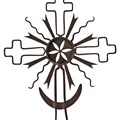
“LITHUANIA – THE LAND OF CROSSES”
Permanent exhibitionLithuanian crosses are a unique phenomenon. In 2001, UNESCO included Lithuanian cross-crafting in the representative list of masterpieces of the Intangible Cultural Heritage of Humanity. They are a...
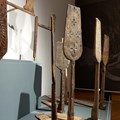
“THE ARCHAICS: LITHUANIAN FOLK ART XVIII–XX C.”
Permanent exhibitionThe exposition aims to unfold our nation’s cultural heritage of the 18th – 20th centuries through the M. K. Čiurlionis National Museum of Art’s collection of Lithuanian folk art which is comprised...
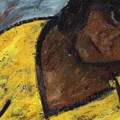
“A Woman in Yellow. The Retrospective and Inspirations of Antanas Samuolis (1899–1942)”
Temporary exhibition at Mikalojus Konstantinas Čiurlionis National Museum of Art until 08.09.2024The exhibition “A Woman in Yellow. The Retrospective and Inspirations of Antanas Samuolis (1899–1942)”, dedicated to the 125th anniversary of the birth of painter Antanas Samuolis. This...
Activities from this museum
We don't have anything to show you here.
